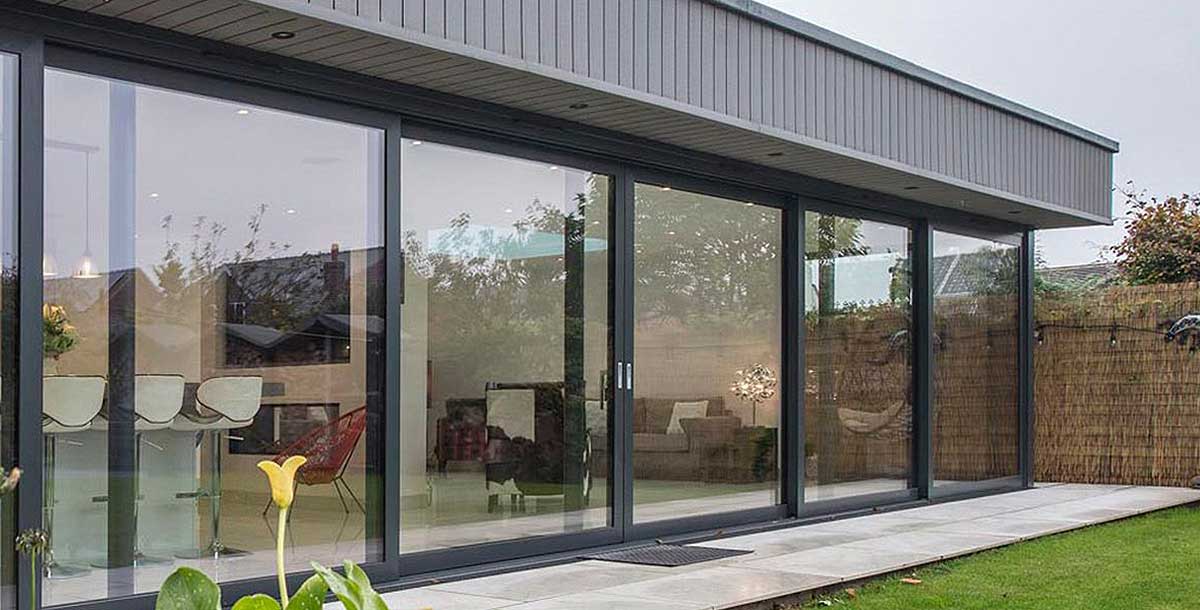How to build a healthy home
What is the impact the environment has had on our health and home?
With awareness growing that good health begins at home, this has revealed new possibilities for safeguarding your wellbeing when carrying out a self-build or renovation project to construct a healthy building.
Could your home be making you ill? Building materials, heating, windows and ventilation all influence our physical and mental health. According to research carried out by Velux, one in six Europeans lives in an unhealthy building. Damp, a lack of daylight, inadequate heating or overheating can all contribute to asthma, allergies and sleep disorders.
Proponents of Baubiologie – or ‘building biology’ – believe that certain design ideas and materials can have a positive impact on wellbeing, making them an advisable choice for self-builders and renovators.
The movement began in Germany in the 1970s, where the Institute of Building Biology + Sustainability IBN administers the Healthy Home Standard, and now its ideas are gaining ground with architects and manufacturers here.
Make structural improvements with natural materials
Baubiologie promotes the use of natural materials such as timber, rammed earth floors and hempcrete. ‘Wood is renewable, ages beautifully and has been linked with positive psychological responses,’ says Olga Turner, director and co-founder of architecture and design consultancy Ekkist.
‘Consider fitting timber-frame windows, having exposed beams and joists or installing interior timber cladding.’
It’s also possible to combat the potential adverse effects of existing materials. British Gypsum’s ACTIVair technology decomposes formaldehyde emissions, which arise from products such as wood composites incorporating resin, into non-harmful compounds and is used in some of its plasterboard and plaster products – and it even works through emulsion paint.
But finding healthy building products in the UK is a challenge. ‘There is no comprehensive register of products to use or avoid, so it takes some detective work,’ says Simon Corbey, associate director at The Alliance for Sustainable Building Products.
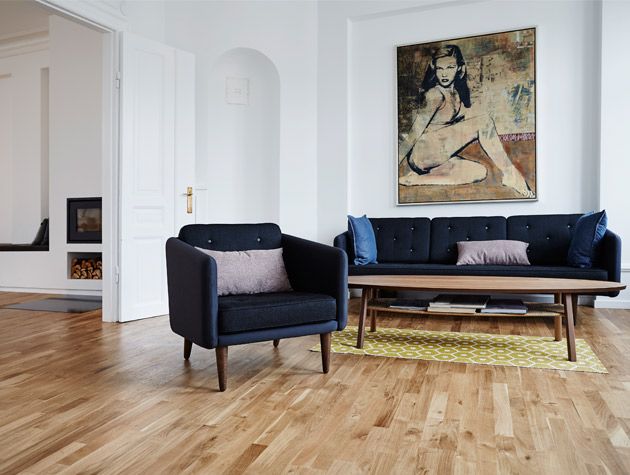
Solid hardwood floors, pre-finished in oil or ultramatt lacquer, from Junckers
Take a balanced approach to natural and artificial light
Getting an optimum quality of light throughout the day and an absence of light at night is vital. ‘Light can have a huge impact on melatonin and hormone levels, which can affect sleep and energy patterns,’ says Gartner. And you may not be getting the full benefit from your windows that you might expect. ‘Some glazing coatings can block positive hues. The properties of light passing through the glass can be checked with a spectrometer.’
Artificial light can be problematic, too. ‘Modern LEDs offer varied qualities of colour spectrums to make up their white light, but some have too much blue in the spectrum,’ Gartner continues. Blue light is also emitted from devices such as flatscreen TVs, computers and smartphones.
Exposure over extended periods has been linked to headaches and even macular degeneration. A simple (and energy-saving) solution is to limit the use of blue light devices in the late evening, and to switch them off at the wall when they’re not being used.
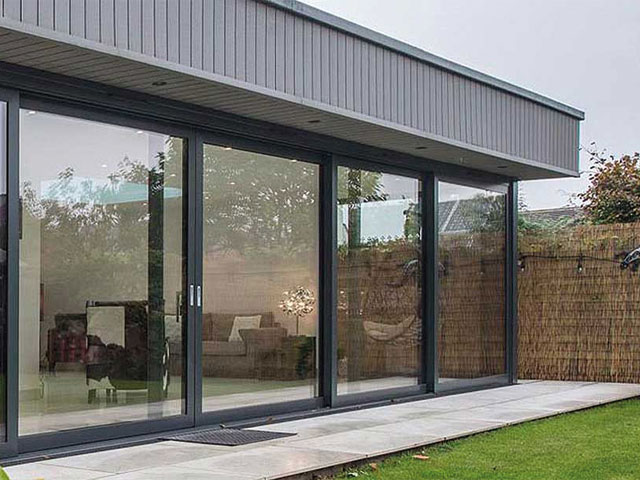
The slim frame six panel XP Glide R lift and slide door from Express Bi Folding Doors
Remove impurities
The negative effects of outdoor air pollution are well-documented, but what about the air inside our homes? Poor indoor air quality has been linked with sick building syndrome, with symptoms including dry or itchy skin and headaches.
A recent report by the Royal College of Physicians and the Royal College of Paediatrics and Child Health suggests that those susceptible to indoor air pollutants might also be at risk of more serious conditions, such as cancer, heart disease and respiratory-related illness.
Mould is prevalent in older homes in the UK’s damp climate, especially in bathrooms. According to Asthma UK, three to 4% of the population, and 10% of allergy sufferers, who come into contact with mould spores experience symptoms.
Creating warmer external walls is vital, as is adequate ventilation. Installing a Mechanical Ventilation with Heat Recovery unit that circulates filtered, fresh air is one solution for new-builds and whole house renovations.
‘They typically include smart controls and boost functions, so there is no need for more extractor fans,’ says John Kelly at Airflow Developments. ‘But filters must be regularly changed to maintain high air quality.’
A plug-in air purifier, which captures dust and pollen with low power consumption, is a simple retrofit option.
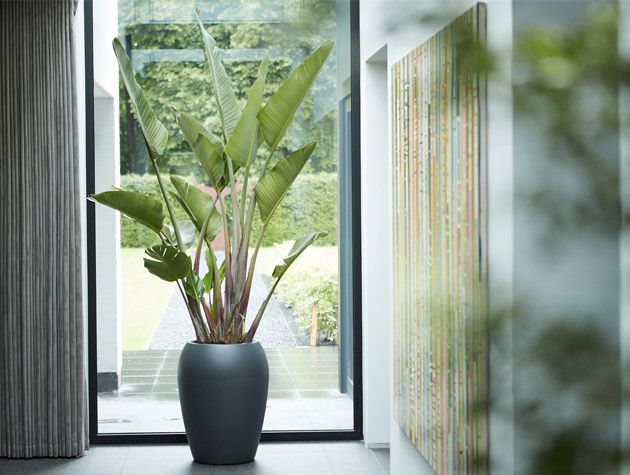
Pure Amphara planter from Elho
Incorporate the latest eco developments
Ekkist and RIBA award-winning architects Studio McLeod have joined forces to launch Ori House, a self-build home designed to enhance health. It incorporates non-toxic building materials, air and water filtration, a reliance on natural rather than artificial light, and multigenerational, ergonomically flexible design. Plans for a townhouse and affordable housing are in the pipeline.
German modular property specialist Baufritz has created the Heimat 4.0 show home, its most sustainable house to date, while British Gypsum is developing wellbeing-focused building products.
‘We’ve never been more educated on the negative effects poor housing can have on health,’ says Sarah White, British Gypsum’s residential sector manager. ‘Our ACTIVair technology reflects this. We also have construction materials such as our Sound Solutions range, which makes your home life quieter.’
The Alliance for Sustainable Building Products is calling for the testing of internal air quality to become the norm, a register of building products and materials, and working parties to be established to present findings to industry and the government.
Although not acutely toxic, volatile organic compounds (VOCs) can ‘off-gas’ pollutants over the long-term. Many interior paints are now low-VOC, but look out for VOC-free ranges.
Choose MDF and particleboard products certified as free from formaldehyde and manufactured in the EU, where emissions testing is rigorous.
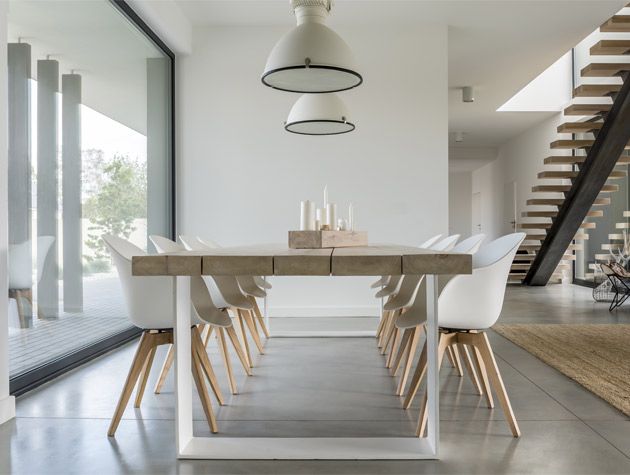
Lakeland Paints’ Air Purifying Paint filters out 99 per cent of indoor air pollution including solvents, VOCs, chemicals, diesel and petrol fumes, from Lakeland Paints

